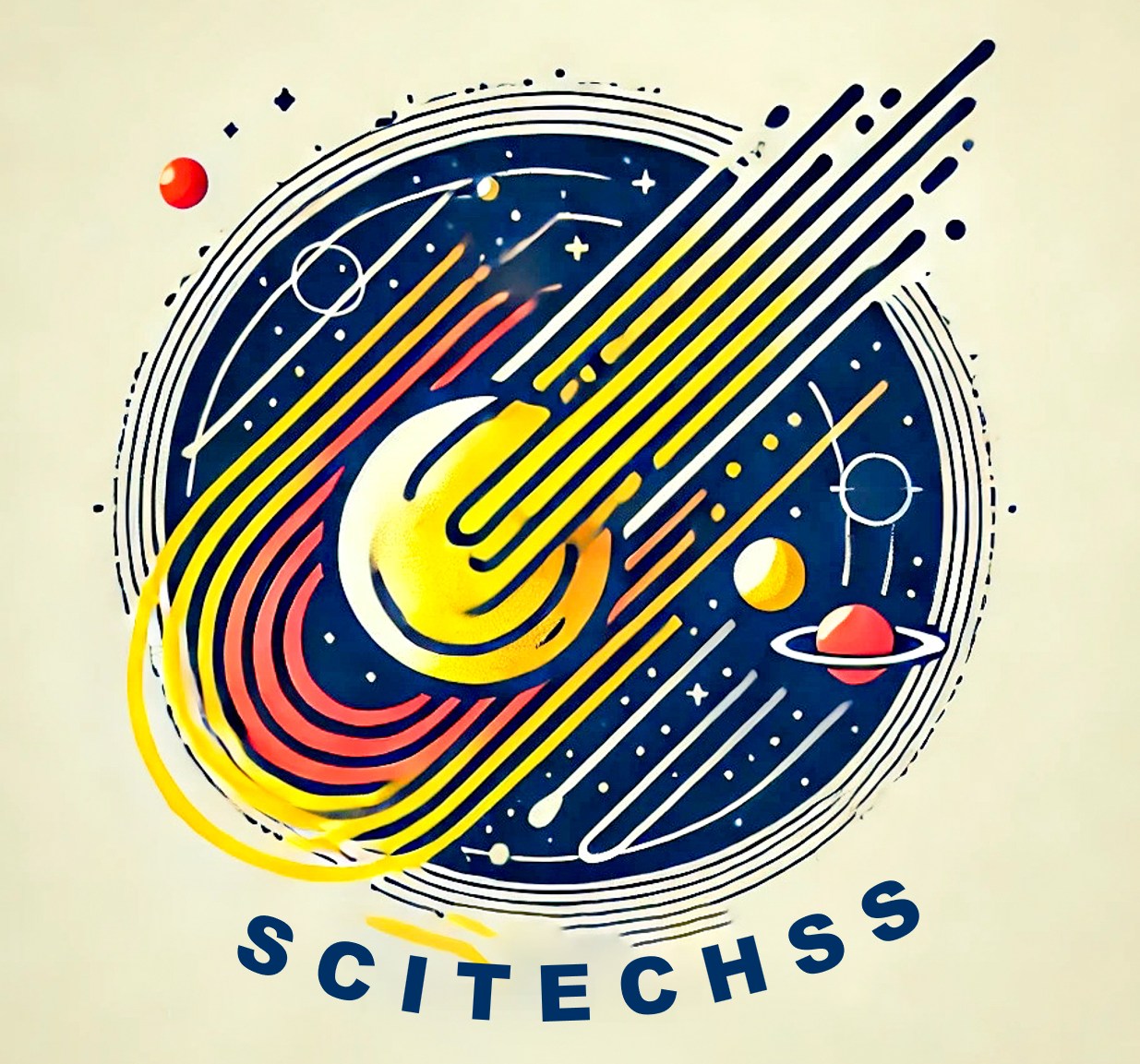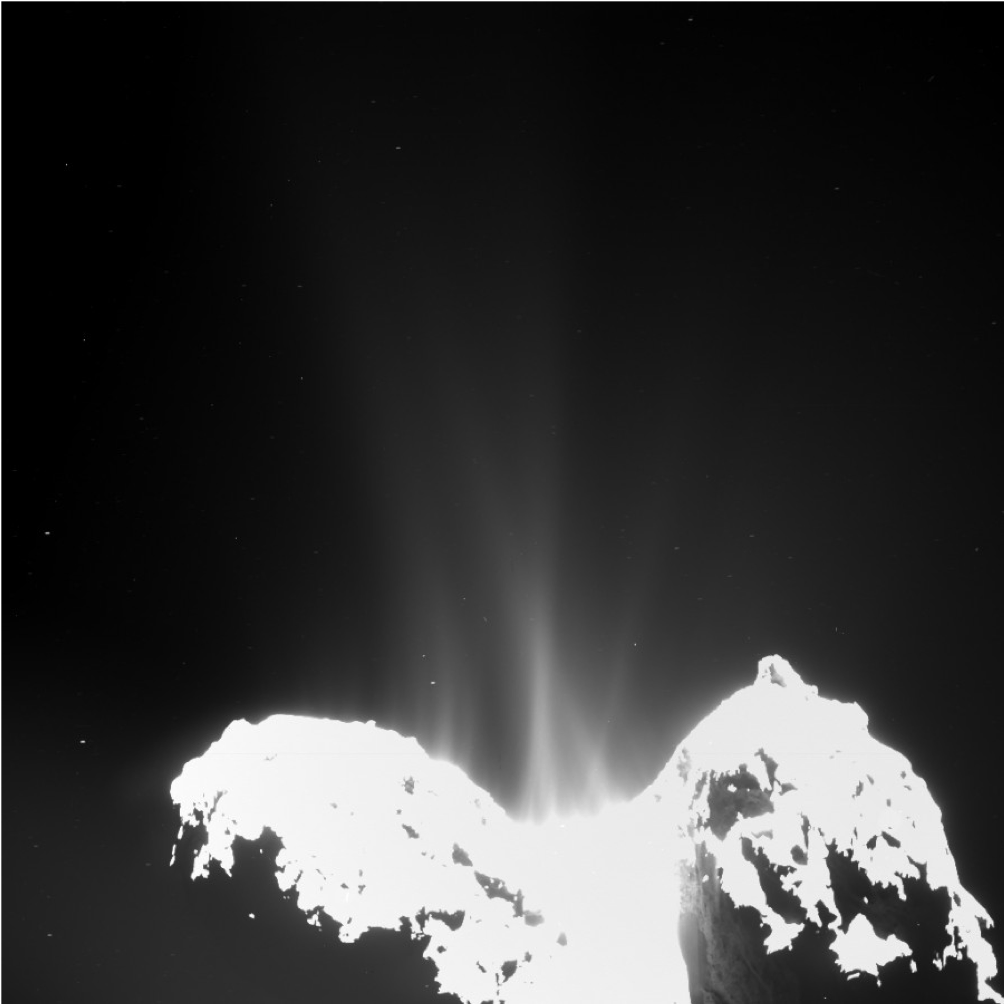Authors, led by Nicholas Attree in the SCITECHSS group at IAA – CSIC, and in Germany (Technische Universiät Braunschweig, Universität Münster, and the Max-Planck-Institut für Sonnensystemforschung), have published a new paper on thermophysical modelling of comet 67P/Churyumov-Gerasimenko.
Studying comets is important because they contain some of the most pristine material to be found anywhere in the Solar System. This material is exposed near the surface of comets coming close to the Sun as they are heated and their constituent ices begin to sublimate, leading to the ejection of dust and the formation of a coma and tail. Computer models are used to simulate this activity process, but they often struggle to match the observations, for example those made by ESA’s Rosetta spacecraft at comet 67P.
The new paper models the comet as made up of centimetre sized ‘pebbles’ containing ice and dust, and simulates when the pressure of sublimating gas is enough to lift them from the surface. This was found to happen in 67P’s southern hemisphere, which faces the Sun as the comet makes its closest approach, leading to intense heating here. This leads to the surface pebbles being ejected, exposing ice-rich pebbles below, triggering further activity. Conversely, in the northern hemisphere, where there is less intense solar heating, the pressure is not enough to eject the pebbles, leading to a reduced activity as the ice drains deeper under the surface. This pattern of strong activity in the south and near the Sun, versus weaker activity in the north and further from the Sun, matches previous work by the group (https://scitechss.iaa.es/our-issi-team-comes-to-an-end/).

Average daily water production with time for a model (solid black line) compared to the Rosetta data (solid points). The faint, coloured lines show the contribution of each latitude on comet 67P’s surface.
It was also found that the criteria for lifting depends strongly on parameters relating to the structure of the pebble material, like the strength holding the pebbles together, and their resistance to gas flow between them (diffusivity). Very weak but low-diffusivity material is required in order to trigger any activity. However, this they often leads to too many ejections and too much outgassing of certain gasses (similarly to another piece of previous work by the group: https://scitechss.iaa.es/production-rates-of-67p-still-a-mystery/)! Finding a balance in the models between no activity and too much activity remains a challenge that will be further investigated with data from Rosetta, and the observations made at a new target comet entering the inner Solar System for the first time, that will be studied by ESA’s next comet mission Comet Interceptor, set to launch in 2029.
“Constraints on the ejecting-crust activity model on comet 67P/Churyumov-Gerasimenko” by N. Attree et al. is published in Monthly Notices of the Royal Astronomical Society at https://doi.org/10.1093/mnras/staf1040
67/P Images credits: OSIRIS image of Comet 67P/C-G on 10 September 2014, showing jets of cometary activity along almost the entire body of the comet. Credits: ESA/Rosetta/MPS for OSIRIS Team MPS/UPD/LAM/IAA/SSO/ INTA/UPM/DASP/IDA

